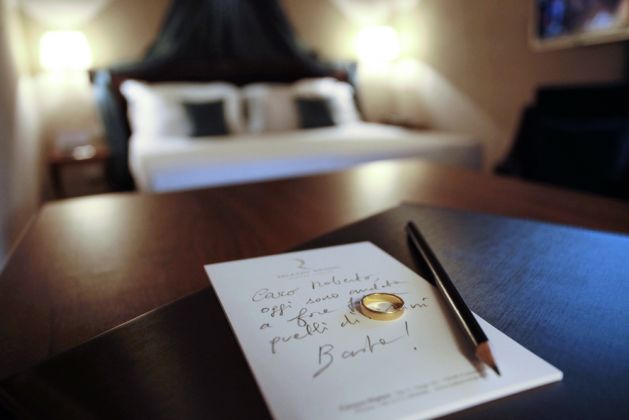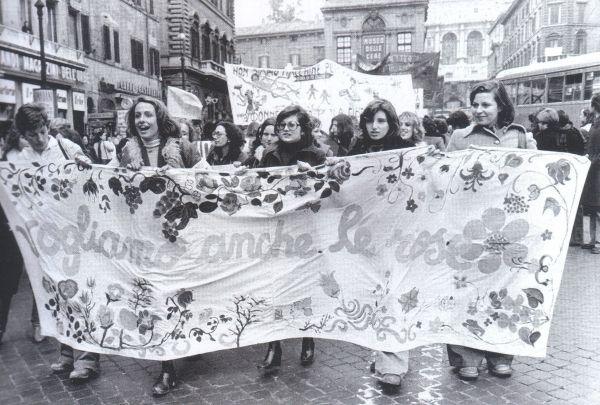A guide to divorce in Italy
A Guide to Divorce in Italy (Updated 2025)
The introduction of divorce into the Italian legal system has had a long and difficult journey, accompanied by debates that have raged for almost a century. Following the 1929 Concordat between Italy and the Roman Catholic Church, a political treaty created the Vatican City State and guaranteed full and independent sovereignty to the Holy See.
However, the Church retained spiritual jurisdiction in Italy, and marriage was seen to fall within this ambit. It was not until 1970 that “divorce” — or rather the dissolution of marriage — entered into the Italian civil code. After that, a judge could dissolve a marriage, but this only impacted on the civil aspects of the union and in no way impaired either the validity of the religious act of marriage or its effects. The divorce process in Italy was long and difficult and could take five to six years.
The 1978 law, updated in 1987 and referred to as the Italian Divorce Law, is the current source of law for divorce in Italy. Under this, a final divorce decree can only be issued by a judge after three continuous years of legal separation.
However, the divorce law in Italy is under review once again. In May 2014, a bill to shorten the divorce process (divorzio breve) was approved in the Chamber of Deputies by a majority of 381 votes in favour, 30 against, and 14 abstentions. This bill is now being considered by the Senate.
It is already running into opposition, but if approved, it will be applicable immediately to divorce cases already being processed. If its terms are changed in the Senate, then it will have to return to the Chamber of Deputies for re-approval.
Divorce in Italy has undergone major reforms in the last decade, making the process faster and more accessible for couples—especially expats and foreigners—navigating the Italian legal system. Whether you were married in Italy, reside here, or are in a mixed-nationality marriage, this guide explains how the current divorce process works, including all recent legal updates.
How Does Divorce Work in Italy?
Italy still requires couples to legally separate before they can divorce, unlike many countries where the two can be filed together from the outset. However, thanks to new legal reforms, the process is now more efficient.Since March 2023, the Cartabia Reform allows separation and divorce to be requested within a single legal procedure. This has made a substantial difference in how long it takes to resolve a marriage legally. While the two-step logic remains in place, the bureaucratic burden has been reduced.
2015 Fast-Track Divorce Law: Shorter Waiting Periods
In 2015, Italy passed a pivotal reform aimed at accelerating the divorce process. Previously, the law required a three-year separation period before a divorce could be finalized. Today, the law allows for:
- 6 months of separation in cases of mutual (consensual) agreement
- 12 months of separation in contested divorces
These waiting periods begin from the date the couple appears in court to formalize the separation—not from the date they moved apart. This change significantly shortened the timeline for ending a marriage in Italy, making the legal system more responsive to contemporary social realities.
The 2023 Cartabia Reform: A Major Modernization
One of the most impactful changes in recent years came with the Cartabia Reform, named after Italy’s former Minister of Justice, Marta Cartabia. The reform introduced a series of changes that simplified civil and family procedures across the board.Key aspects of the reform include:
- Single proceedings for both separation and divorce, filed at the same time
- Unified documentation, reducing redundancy and administrative delays
- Fewer court appearances, especially in amicable cases
- More predictable timelines for each phase of the process
This new system is particularly beneficial for international couples, as it limits the number of legal steps, hearings, and court filings required.
Who Can File for Divorce in Italy?
You don’t need to be an Italian citizen to file for divorce in Italy. However, at least one spouse must have a legal connection to the country. This includes:
- Being an Italian citizen (even if living abroad)
- Holding residency in Italy
- Having had the last marital residence in Italy
- Being married in Italy or having the marriage registered here
Foreigners married in Italy—or those whose marriage is recognized by Italian authorities—are entitled to divorce under Italian law.
Civil and Religious Marriage: The Legal Distinction
Italian law recognizes both civil marriages and religious marriages with civil effect—usually Catholic weddings performed in accordance with the Concordat between the Holy See and the Italian Republic.Regardless of whether a couple was married in a church or at a town hall, as long as the marriage was legally registered with the Italian civil registry, the divorce process is the same.
It’s worth noting that Church annulments are separate from civil divorces. A couple who divorces in civil court but wants an annulment recognized by the Catholic Church must go through the Sacra Rota, the ecclesiastical court.
Children and Divorce in Italy: What the Court Considers
If children are involved, the Italian courts take a highly protective stance. Their primary focus is on ensuring the welfare and best interests of minors. The court will make decisions about:
- Custody (which can be shared or exclusive)
- Living arrangements
- Visitation rights
- Child support and financial contributions
Italian law presumes shared custody (affidamento condiviso) unless one parent is demonstrably unfit. The financial obligations of each parent are calculated according to their income, time spent with the child, and overall ability to contribute.Parents must also agree on important decisions affecting the child’s life, such as education, healthcare, and religious upbringing.
Spousal Support and Division of Property
Upon divorce, the court will also rule on economic issues such as:
- Spousal maintenance (assegno divorzile): Financial support awarded to one spouse based on income disparity, duration of the marriage, age, health, and standard of living during the marriage.
- Division of assets: Depending on whether the couple chose a community of property (comunione dei beni) or a separation of property (separazione dei beni) regime at the time of marriage.
Under community of property, all assets acquired during the marriage are considered shared and are typically divided equally. Under separation of property, each spouse retains ownership of what they acquired independently.
Do You Need a Lawyer?
Yes. Divorce in Italy is a legal procedure that must go through the court system (unless handled entirely through administrative channels, which is rare). All parties must be represented by an attorney.In amicable cases, a single lawyer can represent both spouses if they agree on all terms. However, in contested divorces—or if you have international legal questions—it’s strongly recommended to hire your own lawyer.
For non-Italian speakers, it’s essential to find an attorney who is fluent in English or your native language and has experience with international family law.
Language, Translation, and International Documents
All proceedings in Italian courts are conducted in Italian. Any foreign documents—such as marriage certificates, divorce rulings, or birth certificates—must be:
- Officially translated into Italian
- Legalized (or accompanied by an apostille) depending on your country of origin
Failing to meet these document requirements can delay or complicate your case.
Alternatives to Court: Out-of-Court Divorce Options
Since 2014, Italy allows for a simplified, non-judicial divorce process in certain situations. If the couple:
- Does not have minor or dependent children, and
- Is in complete agreement on the terms of the separation or divorce,
...they can finalize the divorce through:
- A lawyer-assisted agreement filed with the local bar association
- An agreement before a civil registrar (ufficiale di stato civile) at the town hall
This procedure is faster, cheaper, and doesn’t require a court appearance.
A Modernized Process for a Changing Society
Italy’s divorce laws have evolved to reflect a more modern and flexible approach to marriage breakdowns. With the 2015 fast-track law and the 2023 Cartabia Reform, the process is no longer the exhausting ordeal it once was.While navigating divorce is never easy, especially in a foreign country, Italy now offers clear, structured pathways to help couples resolve their situation with fairness and efficiency.
The key is to stay informed, consult a qualified legal expert, and approach the process with a willingness to collaborate—particularly if children or international circumstances are involved.
Ph: MikeDotta / Shutterstock.com
























